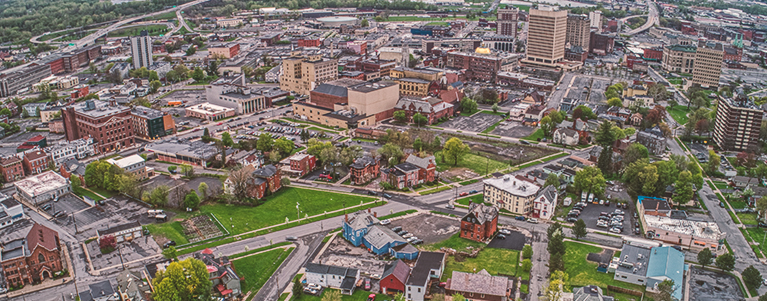January 5, 2026 \ Sex Crimes
Under New York’s Sex Offender Registration Act (SORA), people convicted of certain sex crimes must register with the state and follow ongoing reporting rules. However, most offenders do not have to personally tell their neighbors or employers about their status. Instead, law enforcement decides how much information to release to the public, based on the […]
Read more...
December 26, 2025 \ Personal Injury
Syracuse, NY, is a city with a diverse mix of neighborhoods — from quiet residential areas to lively university districts — each with its own character. While the city’s overall crime rate is higher than national averages, many specific neighborhoods are known for lower crime levels, strong community ties, good schools, and peaceful living environments. […]
Read more...
November 21, 2025 \ Criminal Defense
Receiving a red-light ticket in New York City can be confusing and costly. The city relies on automated traffic cameras and police-issued citations to catch red light violators, but the cost and consequences vary. Here is what you need to know about red-light violations in NYC, along with the steps to take next. Why Do […]
Read more...
November 19, 2025 \ Criminal Defense
Being charged with a crime in New York can be a frightening and confusing experience. While a conviction can impact your freedom dramatically, it’s important to know that not every criminal charge results in a conviction. In fact, many cases are dismissed before they ever reach trial. A dismissal means the court throws out your […]
Read more...
November 16, 2025 \ Personal Injury
Jury duty is a legal responsibility for most adults in New York. When you receive a summons, you are expected to appear unless you qualify for an exemption, deferral, or excusal. Many people in Utica want to know if it is possible to get out of jury duty and what reasons the court will accept. […]
Read more...
October 29, 2025 \ Car Accidents
A DUI crash in New York is more than just a legal matter. If you’ve been hit by a drunk driver, the financial, physical, and emotional consequences can follow you for years. Victims often face overwhelming medical bills, missed work, and long-term recovery—all while trying to hold the at-fault driver accountable. Understanding the true cost […]
Read more...
September 25, 2025 \ Personal Injury
Lawyers in personal injury cases profit from successful outcomes in several ways. They often work under agreements that tie payment to results, rather than fixed hourly charges. These methods give you access to legal help without upfront costs. In this article, learn how personal injury lawyers earn fees, what expenses affect your settlement, and how […]
Read more...
September 12, 2025 \ Criminal Defense
Getting arrested and charged with a crime in New York is overwhelming—especially if you don’t know what to expect. Whether you’re being investigated or already facing charges, understanding how a criminal case moves through the legal system can help you feel more prepared and protected. Here’s a straightforward overview of the stages most New York […]
Read more...
August 22, 2025 \ Car Accidents
Many drivers ask the same question: Do you need a front license plate in New York? The answer is yes. New York law requires most vehicles registered in the state to display both a front and a rear plate. Ignoring this rule can result in tickets, fines, or unwanted attention from law enforcement. Some drivers […]
Read more...
August 12, 2025 \ Personal Injury
When you share personal information with a business, hospital, or financial institution, you expect it to be kept safe. Unfortunately, data breaches have become increasingly common in New York and across the United States. Hackers and negligent companies can expose sensitive details like Social Security numbers, bank account information, or medical records. If your data […]
Read more...

